Bird watching or birding is the practice of observing bird in their natural environment as a hobby.
Bird watching is not a very common hobby, but still, a large number of people are getting excited when we talk about Bird watching.
Positive things
There are many positive things about bird watching –
- You can be close to nature. It brings relaxation and happiness in one’s life.
- Bird watching can be a family activity and a good time to spend with family.
- It can give a break to you as well as your child from regular television or mobile addiction. Yes, it’s entertaining too.
- It’s a science which your kids learn in books. Going outdoor gives a firsthand experience of the subject and is good learning for you too.
- The most important thing is that a bird-friendly environment is a human-friendly environment. If any place is abandoned by birds, its not habitable for humans also. Where birds live, other creatures and humans also live.
So, you can lifelong become a student of bird watching. There is always something new you have not witnessed before.
Start it right away
Yes, you can start birding now, even in your backyard.
Even if you live in a metro city or a village, you can always find a few birds visiting you. They are wonderful guests one can expect in the morning hours.
One of your New Year resolutions will help you in this. Get up early and go for a morning walk. Yes, you got it right, birds also get up early. You can meet them in your backyard, a nearby park or a conserved wetland.
Observe them for a few days.
Gears for Bird Watching
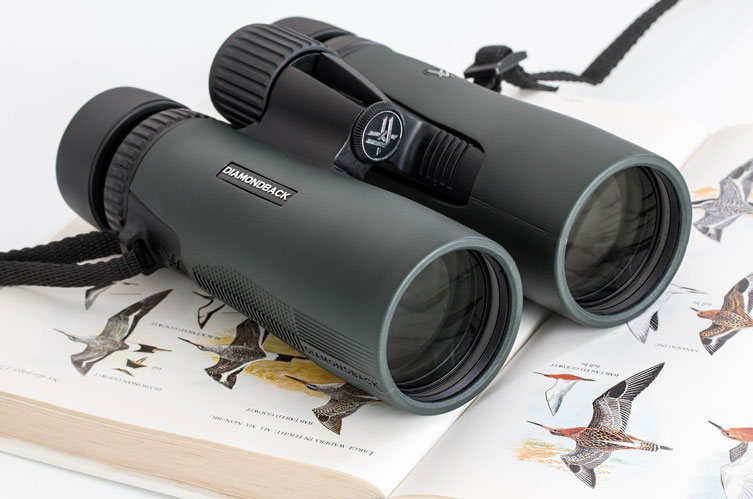
It is not necessary to start bird watching without gear, but the tools help you in going to the details and enjoying the birding activity more. So, if you have decided to move forward, start collecting the below –
Field Notes
This is the basic tool which you have to make on your own. Start making notes of the bird which you see. When you see the same bird again, you can refer your field notes again and add something. Thus, you can make your own encyclopedia. This the best way to learn and is followed by every bird watcher. You need to spend only on a notebook and a pen/pencil.
A Field Guide Book
There are many field guide books available in the market. The experienced bird watchers have converted their field notes and photographs into easy to understand books. When you go out for birding, take the book along and match the living birds with the birds inside the book.
Search for books specific to that country. If you buy a general book about birds, it will not be of much help, but if you are in India, check for a book containing ‘birds of India’. You can purchase a book on the internet and you can also find good books in the communication center outside a national park or sanctuary.
The first book containing an exhaustive list of Indian birds was written in 1941 by famous Ornithologist Dr. Salim Ali.
Binoculars
This is an expensive item in a bird-watchers kit. Many birds don’t come near to humans and you have to watch them from a distance using binoculars. The specifications of binoculars are stamped near the eyepiece lens.
A typical pair has 7 x 35: Field of view: 400 feet at 1000 yards. The number 7 is the magnification power, 35 is the diameter in mm of the objective lens i.e. another lens far from the eye. 400 feet at 1000 yard means the field of view i.e. you are able to see a field that is up to 400 feet wide at a distance of 1000 yards. Power 7 or 8 is good. Going above that means a little shaking of hand will take you away from the bird.
Always wear the strap of binoculars around your neck. Before using them for bird watching, practice on stationary objects.
Above are the basic tools which can help you in bird watching. Along with them, a good quality camera with a high zoom lens can be added for photography and videography purpose.
The Core of Bird Watching
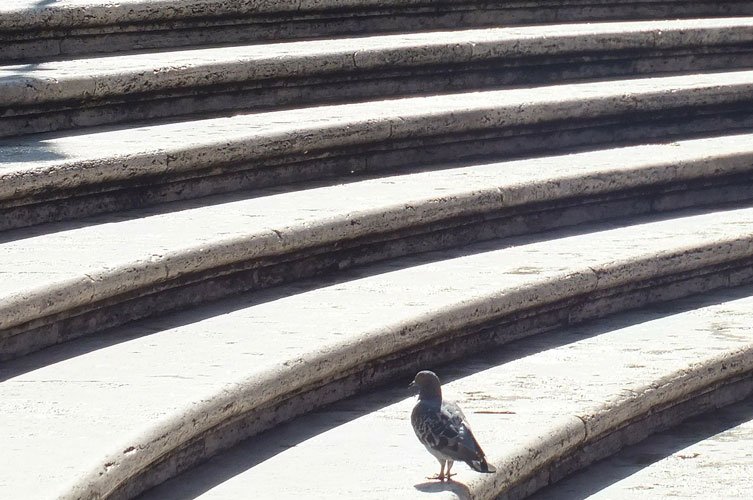
# Step one – Playschool
Identify any bird of your choice which you see regularly. Make a sketch of the bird in your mind. Now you know the size of this bird. In India, you can easily find a pigeon or a crow to do this job.
# Step two – Nursery
Pick the next bird which you see when you go for bird watching. Try to compare the size of this next bird with the bird selected in step one. Try to figure out around the length of this new bird in centimeters and compare with the bird of step one.
# Step three – Kindergarten
Take out the field guide book and search for this second bird which you have identified. Yes, it’s difficult to do this. Go again the next day and try again searching for this bird in the environment and then in the book.
Slowly, you will find many other birds also and you can try searching for those in your book.
# Main School
After the Nursery and kindergarten class, you can start making field notes.
You can include the following information in your field notes –
- Name of the bird in English, regional language and scientific name
- The region where you found it
- Season or month when you found it
- Whether single or in pair or in a group?
- Approximate size of the group
- Where did you find it? – near human colony or in forest or rice fields or near pond/ river/ ocean
- What was the size of the bird?
- Where was it flying? – near the land surface or in medium heights or very high in the sky
- Have you seen it somewhere else or at any other time of the day?
- Can you guess the size of the bird?
- What’s the color of the bird?
- Can you make out the color of its beak, crown, legs or plumage?
- What was the size of its beak as compared to its head – equal, less or more than the length of its head. If more, how many times?
- Did you hear its sound? Different birds speak differently? There are bird calls and bird songs which varies vastly.
- Have you seen any nest or habitat?
- What’re the birds eating?
- Were the birds flying quickly or slowly?
- Was the flight long or short?
- Were the birds feeding from the ground or from the branches?
The main school always runs as the student in you will always find new learning when you watch a bird. Try making sketches of birds, you’ll learn more.
The Beginning
Bird watching or birding is not only about the entertainment, but its also about the conservation. Making people aware and work towards environment and bird conservation is also a key ingredient of birding.
You can watch the videos and documentaries of the birds.
If you want to study more, there are some study courses available. In India, Institute of Bird Studies and Natural History of Rishi Valley Education Centre, Chittoor, Andhra Pradesh provides a Home Study course in Ornithology, check here.
Ornithology is a branch of zoology that concerns the study of birds, Read more on Ornithology here.
A famous quote from Jonathan Livingston: Seagull by Richard Bach says,
You didn’t need faith to fly, you needed to understand flying.
You may also like reading below articles –
- Bharatpur Bird Sanctuary – A Must Visit Birding Site
- Birding Sarus Crane & Painted Stork? Explore These Bird Sanctuaries Near Delhi!
Do you know the names of any bird you have seen? Please write in the comments section.
Happy birding!
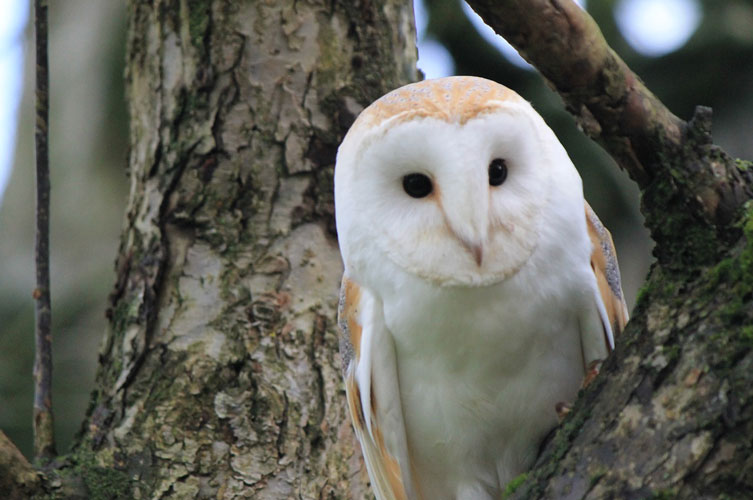
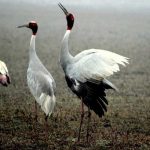

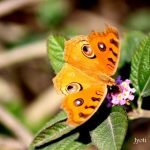

Nature lover to interest in mutual fund, interesting.
You article was helpful, look forward to some birding.
I read somewhere that there are places where people travel to listen to bird’s voice during mating season, any information on that will help.
Thanks for reading and sharing your comments. You can visit the nearby wetlands or conserved areas. For example – In Delhi, you can go to Okhla, in Gurgaon, you may visit Sultanpur national park.
Sohil, I have shifted to Bangalore, any suggestion for Bangalore?
Very informative article.